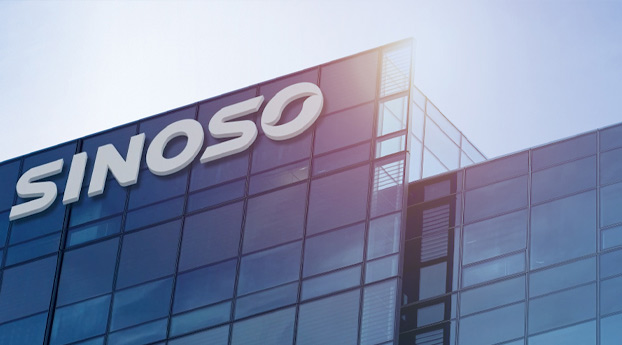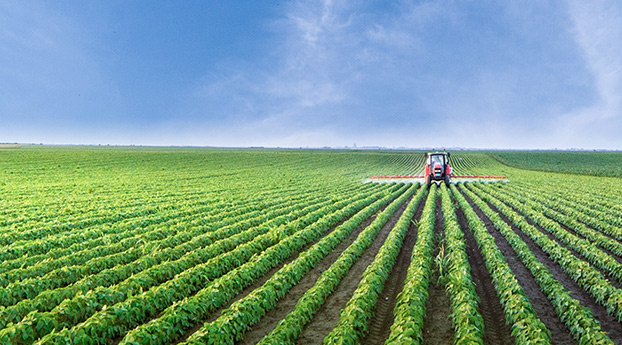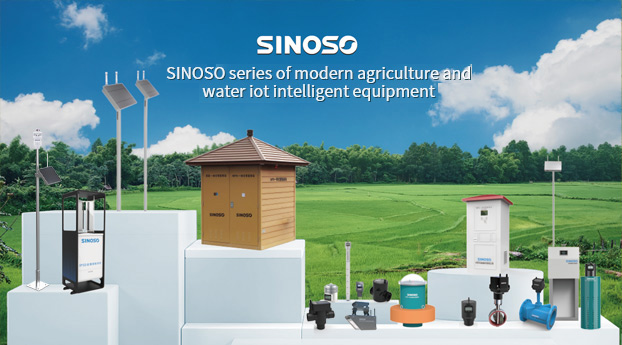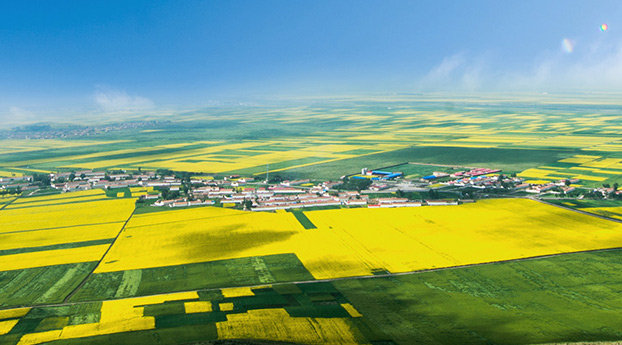The Jinchuan River, which is considered the most difficult to treat in the main city, has met water quality standards for eight consecutive months
Release time:2019-08-27 Views:311
Since last year, with the joint efforts of all relevant parties in the city, the water quality of Jinchuan River, which is the most difficult to treat in the main city of Nanjing, has been significantly improved. The key point of Baota Bridge section has been stable below 2 mg/l of ammonia nitrogen for 8 consecutive months this year, and the monthly average is only 0.54 mg/l.
Early last year, the ammonia nitrogen concentration in the Pagoda Bridge section of the Jincheon River was as high as 12.3 mg/L. Concentration from double digits continuously cut in half, to complete the original seemingly difficult to complete the task, Jinchuan River governance handed over a rare stage report card. Although it is not yet a comprehensive summary, this achievement is enough to raise Nanjing's confidence and determination to win the battle against water pollution.
Jinchuan River water quality improved significantly, since this year month by month standard
Jinchuan River is the second largest river system and an important tributary into the main city of our city. The river basin mainly covers the old city. With dense population, complex situation and intertwined problems, Jinchuan River is regarded as the "hardest nut to crack" in the battle of water pollution prevention and control.
Baota Bridge, adjacent to Nanjing Yangtze River Bridge, is set up as the last monitoring point before Jinchuan River enters the river. The water quality here directly reflects the influence of Jinchuan River on the water quality of the Yangtze River, so it is also the key branch section of the provincial assessment.
Early last year, the ammonia nitrogen concentration in the Pagoda Bridge section was hovering above 10 mg/l, and the monthly average for the first half of last year was 8.13 mg/L. In June last year, the city established a system of leading responsibility for the improvement of water quality in the flow section of the provincial controlled river, and Zhang Jinghua, member of the Standing Committee of the Provincial Party Committee and secretary of the Municipal Party Committee, was responsible for the Jinchuan River. After half a year of continuous efforts, the ammonia nitrogen concentration in Baota Bridge section dropped to 1.95 mg/L in the second half of last year.
Since this year, Jinchuan River water quality continues to improve steadily. Monitoring shows that from January to August this year, the water quality of Baota Bridge section has been basically stable as Class III, where the average value of ammonia nitrogen is 0.54 mg/L. The average value of 8 months and month by month is lower than the provincial assessment requirement of 2 mg/L.
In order to fully and accurately reflect the water quality of Jinchuan River, in addition to the Baota Bridge section, the municipal authorities have also set up 27 water quality monitoring points in the whole river basin. The data showed that the water quality at these monitoring sites remained above the level of Class V and showed a trend of continuous improvement.
Identify the crux of the system governance, measures gradually show results
Pollution in the water, the roots on the shore. City water rise office related responsible comrade analysis, Jinchuan River water pollution sources mainly have five aspects:
Sewage discharged into the river due to incomplete diversion of rain and sewage in the area; Sewage pipe misconnection, mixed connection, damage, blockage and other problems caused by "running and dripping"; Before the upgrading of sewage treatment plants, the effluent standard is not high and the water quality is not good; Sewage overflow and surface runoff pollution in rainy days; Water pollution caused by internal release of river sediment.
Since last year, a series of systematic and targeted measures have been taken to improve the governance of the Jinchuan River, with notable results.
Rain and pollution diversion work in the region made solid progress. 772 rain and pollution diversion areas, 762 of which have been completed so far.
Coordinated progress was made in the investigation, repair and construction of pipe networks. A large number of structural and functional defects were found in the pipeline network throughout the basin, which were remedied by means of emergency rescue and immediate inspection.
Sewage treatment capacity has been greatly improved. The North of the city sewage Treatment plant has been upgraded twice, from Grade 1 B to Grade 1 A, which has greatly improved the effluent quality and ensured that the ammonia nitrogen value in summer is less than 0.8 mg/l through further renovation. A number of distributed water purification facilities with short periods and quick results have been put into operation, effectively solving the problem of sewage treatment in areas that cannot be taken over in the short term and in key areas with heavy loads.
Source control and pollution control work continued to intensify. Drain control, source identification, marking and numbering, establishment of records, implementation of the "drain manager" system, strengthening daily inspection, effectively tighten a barrier to prevent sewage into the river.
River ecology has been effectively restored. Several thorough dredging, for the river "reduce the burden"; Through scientific drainage and water replenishment, the river can maintain the power and restore the ecological flow; At the same time, a large number of aquatic plants are planted, ecological floating islands are set up, and artificial oxygenation is carried out, which not only enhances the self-purification function, but also beautifies the river landscape.
With multiple measures taken at the same time, the water environment of Jinchuan River has been significantly improved, the recovery time of water quality after rainfall has been significantly shortened, and the stability of water quality has been greatly improved.
The work is not the same as not grasping, and the continuous grip is not the same as the tight and loose
Last year, the provincial standard for assessing the Jinchuan River was that the annual average concentration of ammonia nitrogen was less than 8 mg/l. This year, not only the value was greatly adjusted to 2 mg/l, but the assessment method was also adjusted from "annual average standard" to "monthly standard". At the end of last year, this was a very difficult task.
The results of our work in the past eight months of this year vividly reflect the truth that "holding on to work is not the same as not holding on to work, and that continuing to hold on to work is not the same as tight and loose for a while".
In the scheduling process, information is centralized, situation is analyzed, decisions are made, tasks are allocated, wisdom and strength are pooled, and the work is carried out efficiently and orderly. A comrade in charge of the department sighed, the main leadership of the "close pressure" method of work made him more pressure, but also brought obvious results. In a field survey, obvious pollution was found at the confluence point of a river at the junction of an administrative region, with the ammonia nitrogen value exceeding 15. "That means direct discharge of sewage." Municipal main leaders immediately asked for immediate investigation. Follow-up queries at the next scheduling meeting until the problem is resolved. In the 14 special dispatches, the main leaders of the Municipal Party Committee went through all the branches and tributaries of the Jinchuan River basin, urging and solving a large number of problems.
In the process of promoting key project measures, relevant municipal leaders, department and unit leaders participated in each dispatch meeting, and some bottlenecks were directly discussed at the meeting. Under the promotion of joint meeting mode and high-level coordination, the work progress was greatly accelerated.
Nagaji Kuqing has a long way to go and needs a long time to win the battle
Remarkable progress has been made in the governance of Jinchuan River, but it is far from the time of withdrawal. The prevention and control of water pollution, especially the treatment of river courses in old urban areas, will not be accomplished in a day to achieve overall and subversive improvement of river ecology.
According to the situation reflected by relevant parties, the water quality of part of Jinchuan River is still unstable, and there are problems such as easy to repeat. Some of the surrounding areas are still closed and combined drainage system, and the overflow of sewage in rainy days still exists to varying degrees. There is still a lot of work to be done to rectify the pipe network. In this regard, the main leaders of the Municipal Party Committee stressed in the special dispatch on August 23 that it is necessary to summarize the effective work experience in the governance of Jinchuan River in a timely manner, which should be promoted to the system level to legislate and make regulations in a timely manner, so as to achieve the management of rules and regulations.
Regular thematic scheduling system will continue to adhere to, and in the next time the scope of work will be expanded from Jinchuan River management to the city's water environment remediation. Zhang Jinghua said that we should attach equal importance to construction and management, treat symptoms and root causes, and persevere with the spirit of driving a nail to promote the continuous improvement of the water quality of the Jinchuan River and resolutely fight the battle against water pollution.
Article source: Nanjing Daily

















